TWO OWNERS FROM NEW 1942 PACKARD SUPER-EIGHT 180 CUSTOM TOWN CAR COACHWORK BY ROLLSON Chassis No. 1532 2054 Midnight blue with light plum broadcloth interior Engine: L-head V8, 356ci., 165bhp at 3,600rpm; Gearbox: three speed synchromesh; Suspension: independent front with rear semi-elliptic leaf springs; Brakes: hydraulic drums all around. Left hand drive. In 1898 James Ward Packard, a modest electrical lamp manufacturer from Warren, Ohio, bought his first car with the aid of his brother. Dissatisfied with their new purchase, the two brothers decided to venture out and build their own car. In 1903 the brothers opened a factory in Detroit and, within only a few short years, the Packard Brothers went on to become one of America's premier automobile manufacturers. By the early 1930s, Packard controlled over 50 of the luxury car market by offering a wide variety of high quality and distinctive looking automobiles. The Packard Motor Car Company was known as one of the most innovative auto manufacturers in the world, and continually attempted to improve upon its own creations, almost always successfully. They were the first company to introduce a V12 powered car into production starting in 1915 under the model name Twin Six . Its success was measured by a total production number of 35,046. In 1922 Packard made an important and historic engineering advance with the introduction of the Straight Eight, which ultimately ensured a hugely successful and profitable decade during the 1920s. Throughout the 1930s, Packard continued to make improvements on its model lineup, therefore retaining much of its market share. However, the onset of World War II caused the entire automobile industry to suffer, and Packard production topped off at a meager 46,065 in 1939. In 1940 though, Packard largely recovered and total production doubled to over 98,000. Despite this, Packard executives were not satisfied and felt their place in the market was not secure. As a result, new changes were implemented for the 1941 and 1942 models. The trademark long body of the car was extended, adding five inches at the hood. The grill was elongated and widened, while the headlamps were incorporated into the fenders. The effects of both resulted in a more dramatic and refined front, completed by a new Packard hood insignia. In 1940 Packard's advertising slogan was spoils you for all other cars , and by 1941 it had evolved into the class of '41 . In 1942 the flagship Packards continued in the tradition of the beautifully engineered cars that had preceded them, as displayed on the Rollson bodied Packard on offer here. It is reported that the late Donald Weesner purchased this car from the Walker Family of Minneapolis, Minnesota in the early 1950s. It is believed Mrs. Walker purchased the Packard in 1942 as a backup Limousine to hers as she was unsure of the ramifications of World War I on the automotive industry. Since purchasing the Packard Mr. Weesner is reported to have used the car sparingly. Though the Packard has not been driven in many years, it is reported that the car was in good running order in the late 1980s as it was regularly attended to by Mr. Weesner's in-house mechanic. The midnight blue paint appears to be in good condition and shows some minor wear with touch up work. All of the brightwork seems to be in presentable and well-maintained condition. The interior appears completely original and is finished in a light plum colored broadcloth with cream piping. The rear compartment is also equipped with jump seats, rear electric window controls and vanity mirrors. The interior wood and beautiful silver inlay both show some age and would most likely require refinishing. The rear color matched carpeting appears to be in good original condition. The all weather driver's compartment is finished in black leather and shows some dry cracking and wear. The odometer shows the car to have covered less than 22,000 miles and, judging by the car's very original conditio
TWO OWNERS FROM NEW 1942 PACKARD SUPER-EIGHT 180 CUSTOM TOWN CAR COACHWORK BY ROLLSON Chassis No. 1532 2054 Midnight blue with light plum broadcloth interior Engine: L-head V8, 356ci., 165bhp at 3,600rpm; Gearbox: three speed synchromesh; Suspension: independent front with rear semi-elliptic leaf springs; Brakes: hydraulic drums all around. Left hand drive. In 1898 James Ward Packard, a modest electrical lamp manufacturer from Warren, Ohio, bought his first car with the aid of his brother. Dissatisfied with their new purchase, the two brothers decided to venture out and build their own car. In 1903 the brothers opened a factory in Detroit and, within only a few short years, the Packard Brothers went on to become one of America's premier automobile manufacturers. By the early 1930s, Packard controlled over 50 of the luxury car market by offering a wide variety of high quality and distinctive looking automobiles. The Packard Motor Car Company was known as one of the most innovative auto manufacturers in the world, and continually attempted to improve upon its own creations, almost always successfully. They were the first company to introduce a V12 powered car into production starting in 1915 under the model name Twin Six . Its success was measured by a total production number of 35,046. In 1922 Packard made an important and historic engineering advance with the introduction of the Straight Eight, which ultimately ensured a hugely successful and profitable decade during the 1920s. Throughout the 1930s, Packard continued to make improvements on its model lineup, therefore retaining much of its market share. However, the onset of World War II caused the entire automobile industry to suffer, and Packard production topped off at a meager 46,065 in 1939. In 1940 though, Packard largely recovered and total production doubled to over 98,000. Despite this, Packard executives were not satisfied and felt their place in the market was not secure. As a result, new changes were implemented for the 1941 and 1942 models. The trademark long body of the car was extended, adding five inches at the hood. The grill was elongated and widened, while the headlamps were incorporated into the fenders. The effects of both resulted in a more dramatic and refined front, completed by a new Packard hood insignia. In 1940 Packard's advertising slogan was spoils you for all other cars , and by 1941 it had evolved into the class of '41 . In 1942 the flagship Packards continued in the tradition of the beautifully engineered cars that had preceded them, as displayed on the Rollson bodied Packard on offer here. It is reported that the late Donald Weesner purchased this car from the Walker Family of Minneapolis, Minnesota in the early 1950s. It is believed Mrs. Walker purchased the Packard in 1942 as a backup Limousine to hers as she was unsure of the ramifications of World War I on the automotive industry. Since purchasing the Packard Mr. Weesner is reported to have used the car sparingly. Though the Packard has not been driven in many years, it is reported that the car was in good running order in the late 1980s as it was regularly attended to by Mr. Weesner's in-house mechanic. The midnight blue paint appears to be in good condition and shows some minor wear with touch up work. All of the brightwork seems to be in presentable and well-maintained condition. The interior appears completely original and is finished in a light plum colored broadcloth with cream piping. The rear compartment is also equipped with jump seats, rear electric window controls and vanity mirrors. The interior wood and beautiful silver inlay both show some age and would most likely require refinishing. The rear color matched carpeting appears to be in good original condition. The all weather driver's compartment is finished in black leather and shows some dry cracking and wear. The odometer shows the car to have covered less than 22,000 miles and, judging by the car's very original conditio

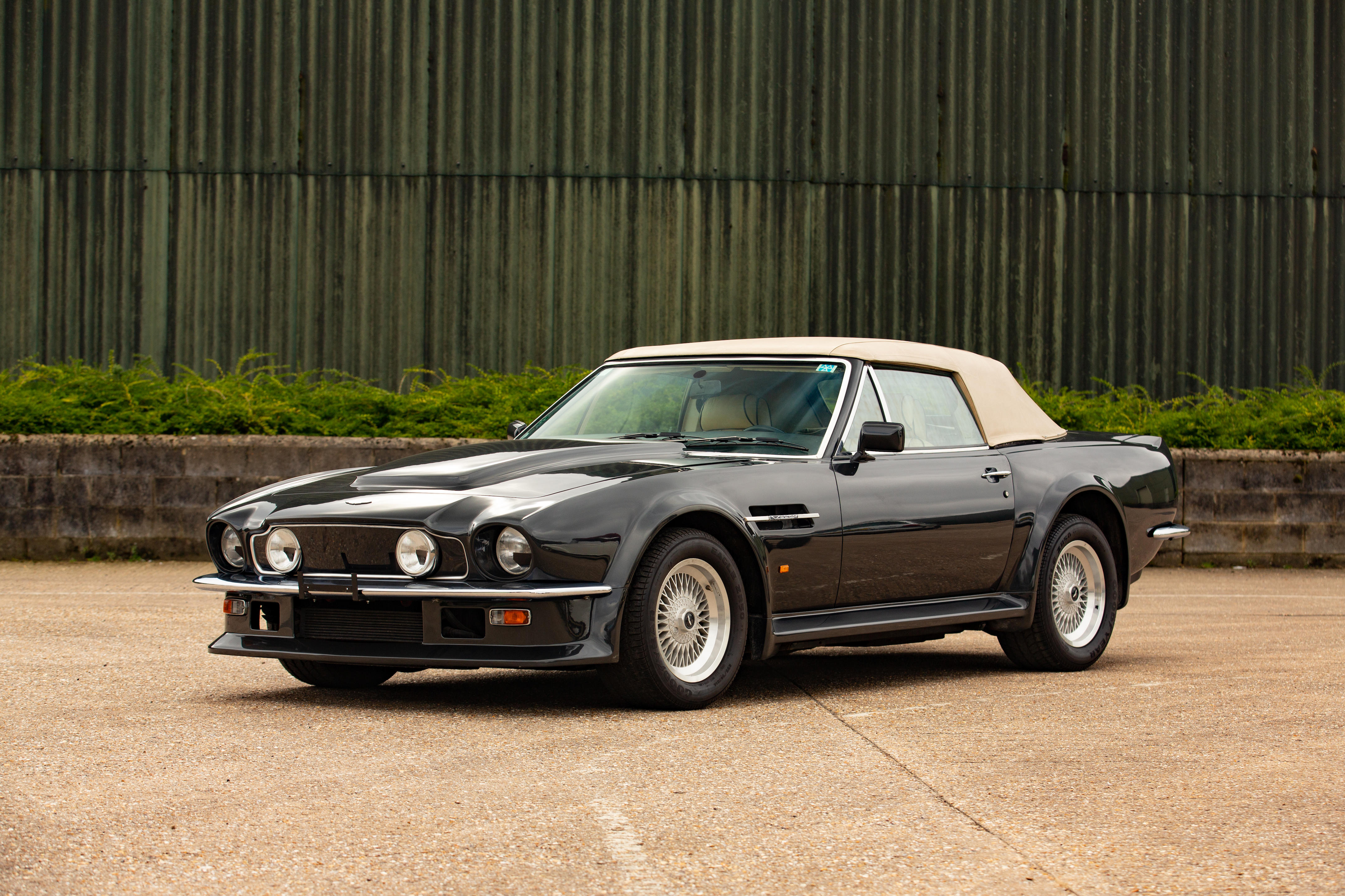


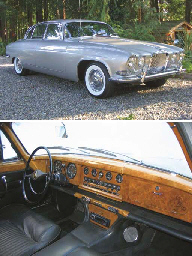
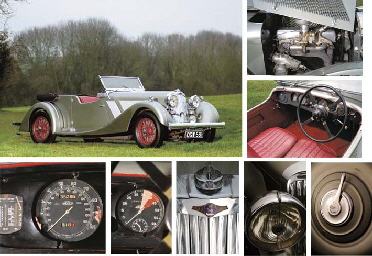



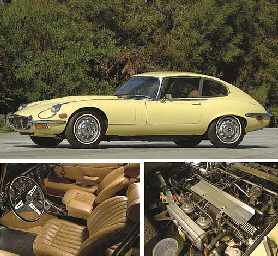

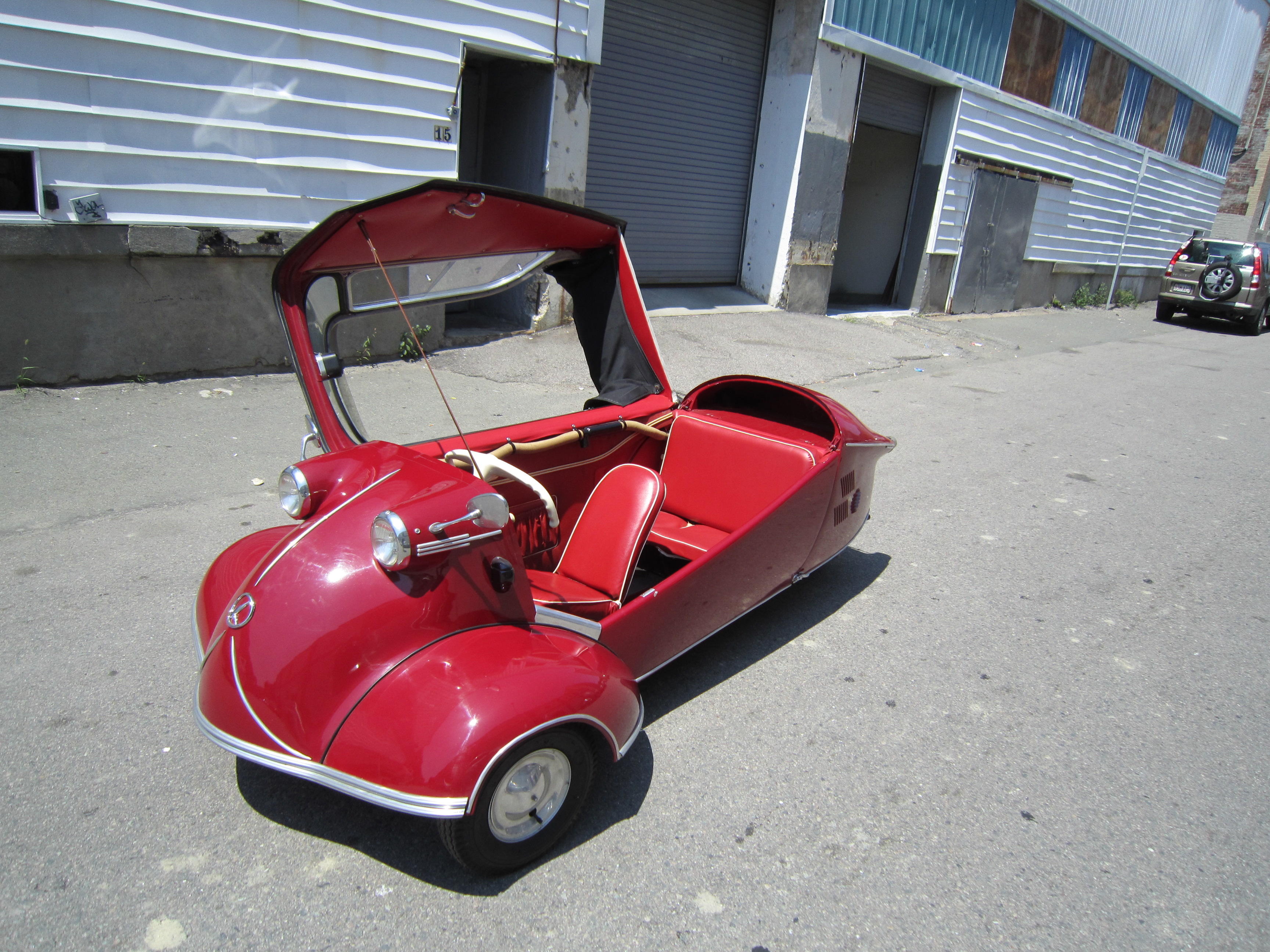

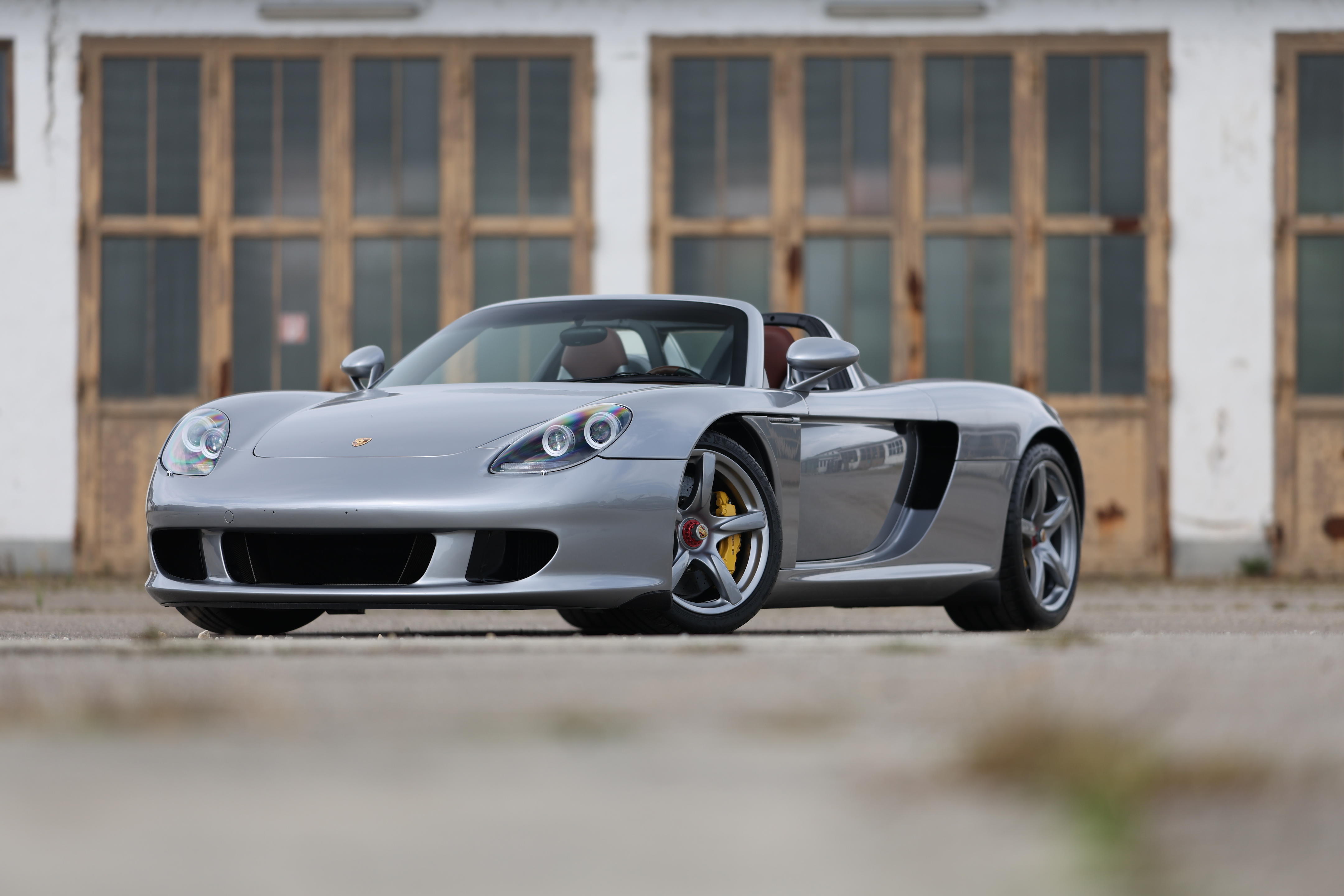
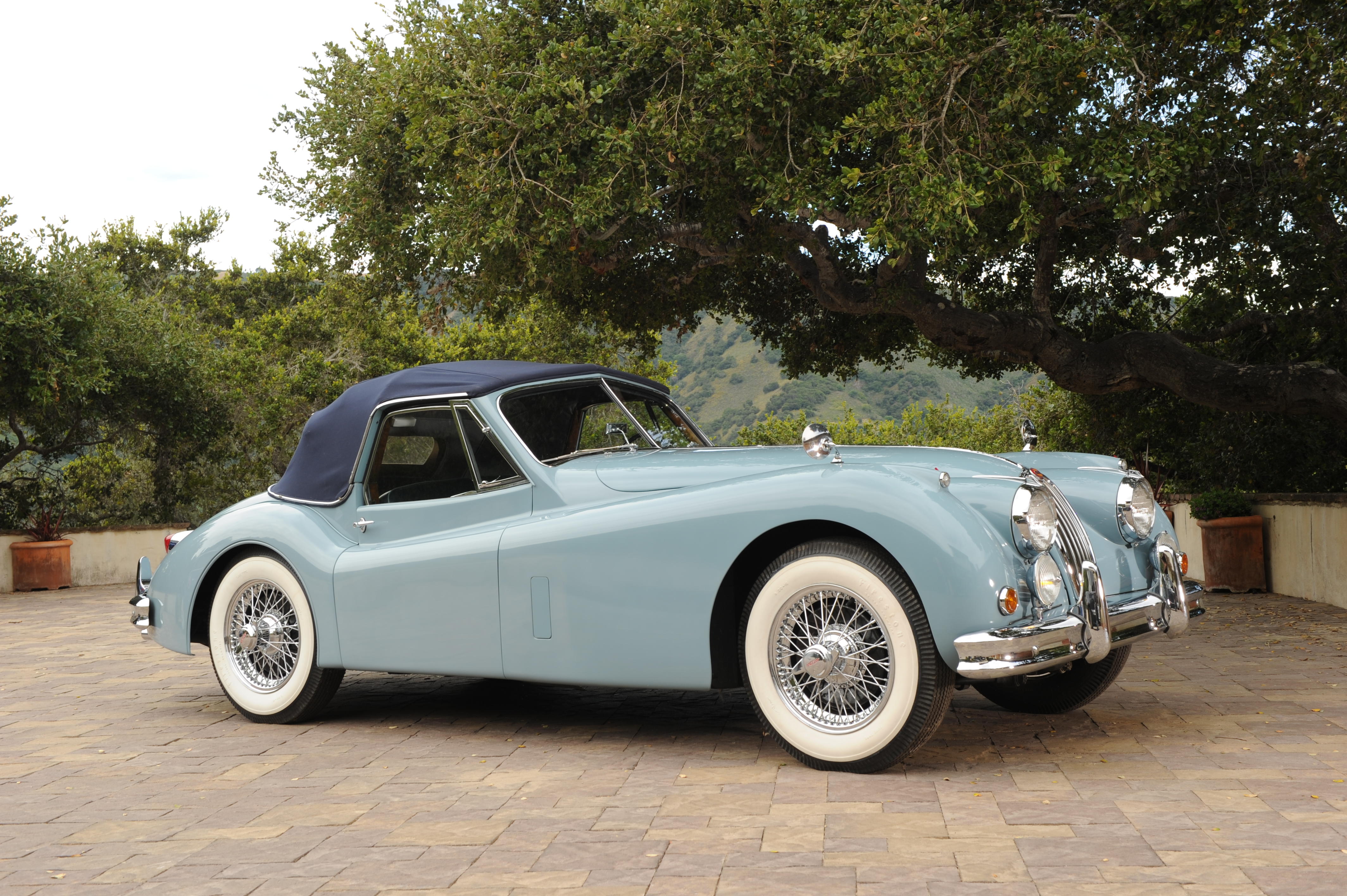
Testen Sie LotSearch und seine Premium-Features 7 Tage - ohne Kosten!
Lassen Sie sich automatisch über neue Objekte in kommenden Auktionen benachrichtigen.
Suchauftrag anlegen